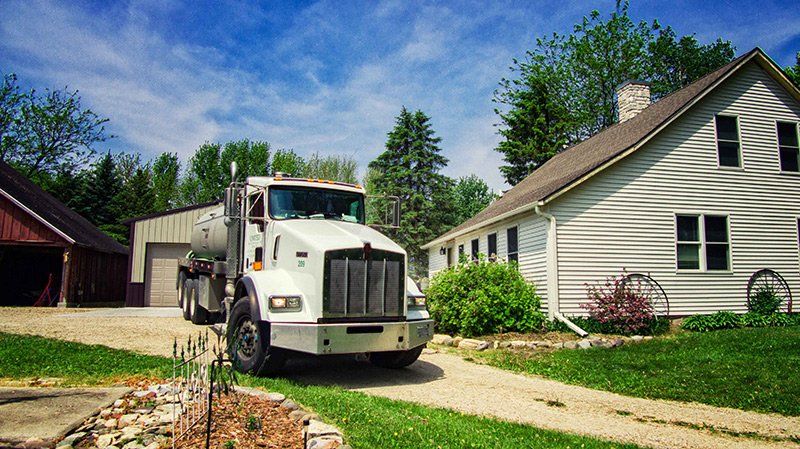Facts
Troubleshooting
- Alarm Sounding – Pump or float failure or circuit breaker for pump flipped
- Alarm Not Sounding but tanks are full – Electrical failure or circuit breaker flipped
- Backing up in house, liquid level in tank normal – Sewer line inside house or from house to tank is plugged or inlet baffle plugged
- Backing up in house, liquid level in tank high (into risers) – Outlet is blocked or drainfield is saturated
- Liquid level in tank(s) above normal levels (into risers) – outlet baffle, outlet line, or filter plugged
- Seepage out of the manhole cover – same as level in tank above normal
- Solids in pump chamber – first tank missing outlet baffle or filter, pump tank not emptied often enough
- Water in observation pipes of field/mound – soil absorption area plugged or overloaded/saturated
- Seepage of raw sewage or sponginess on side or top of mound – soil absorption area plugged or system overloaded/saturated


